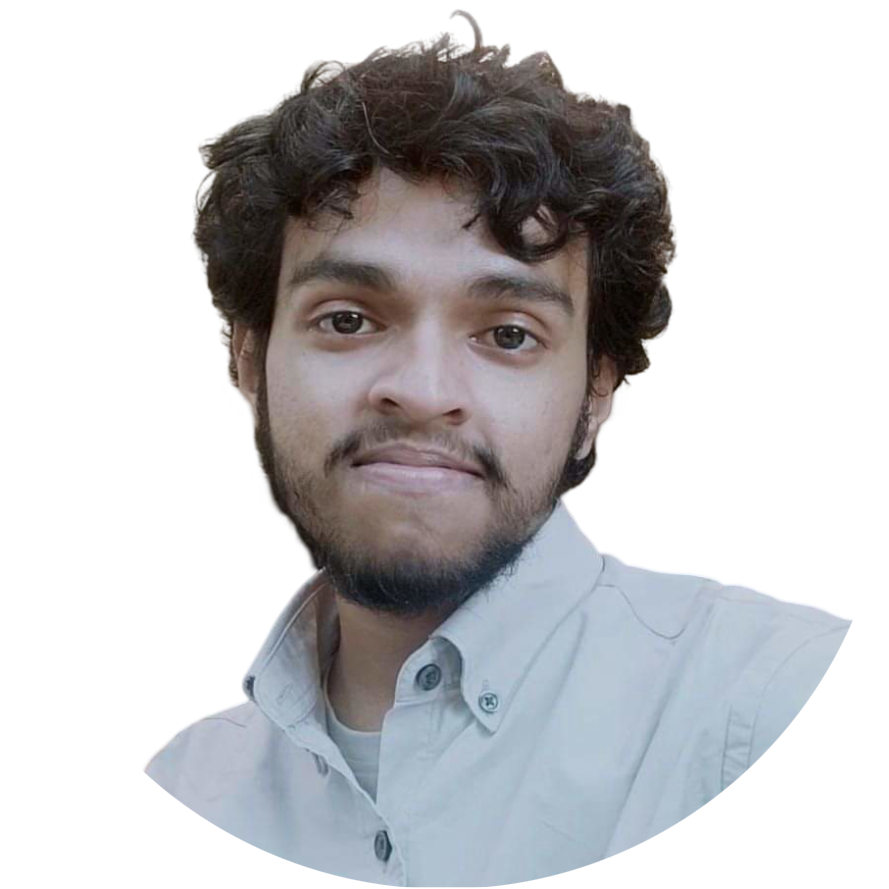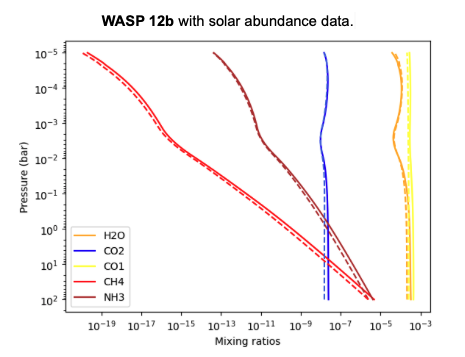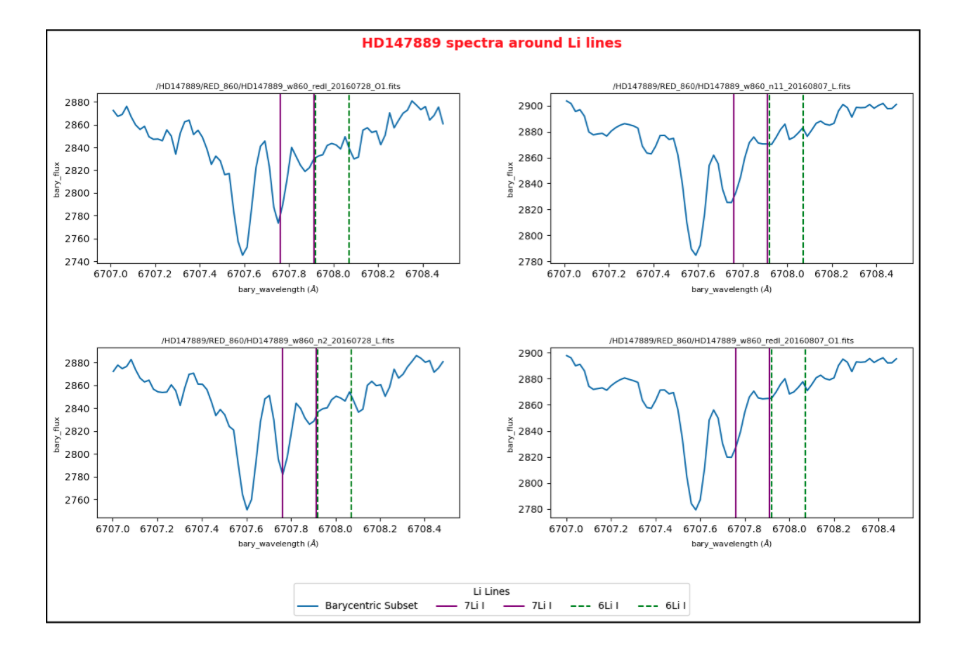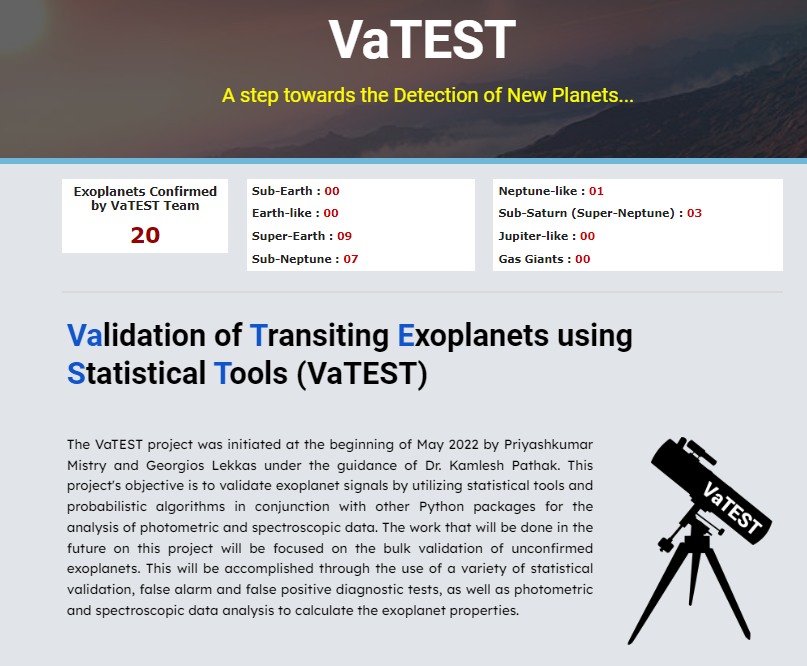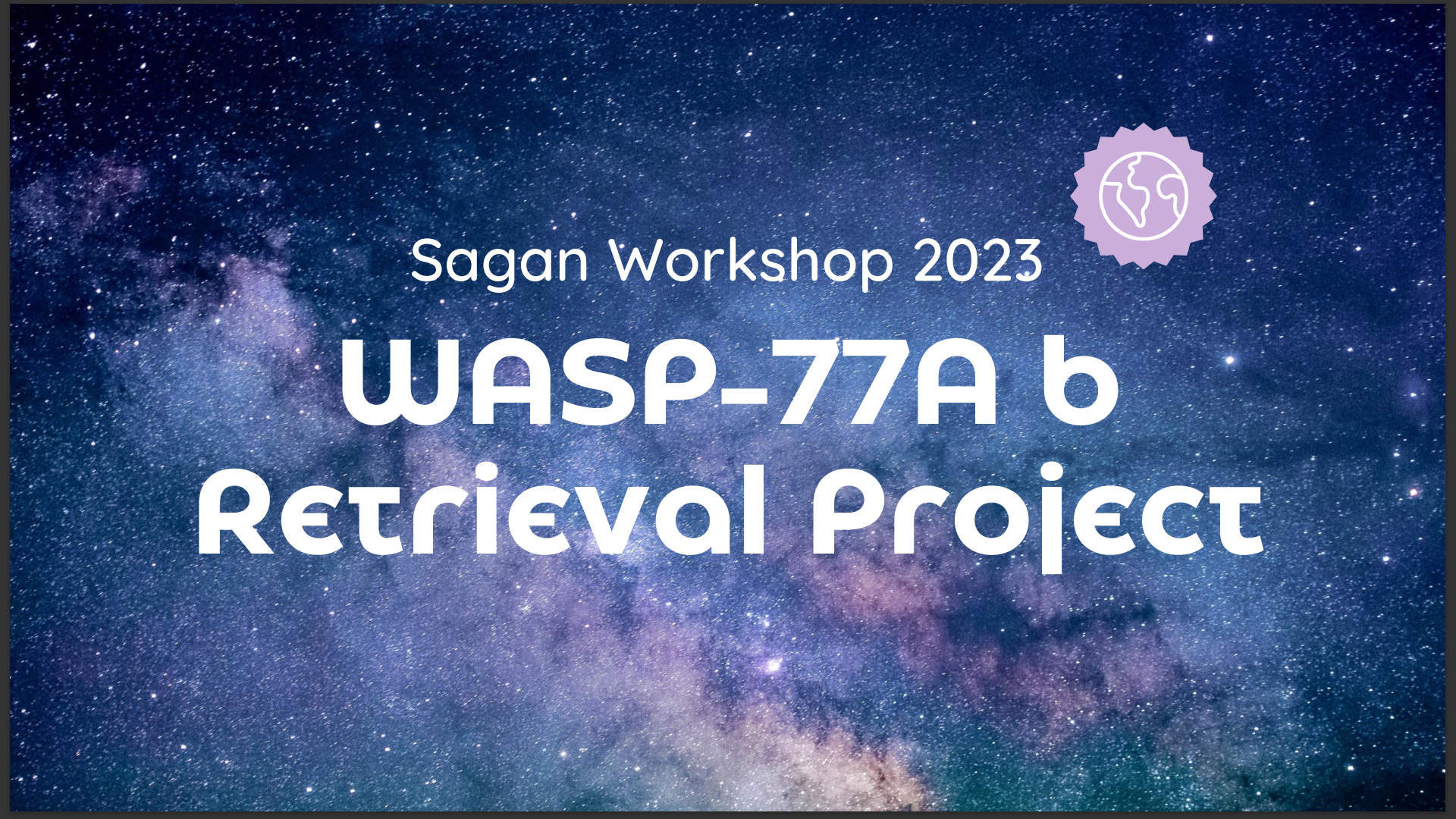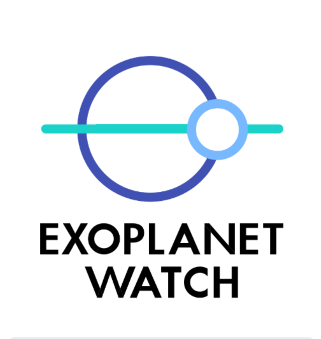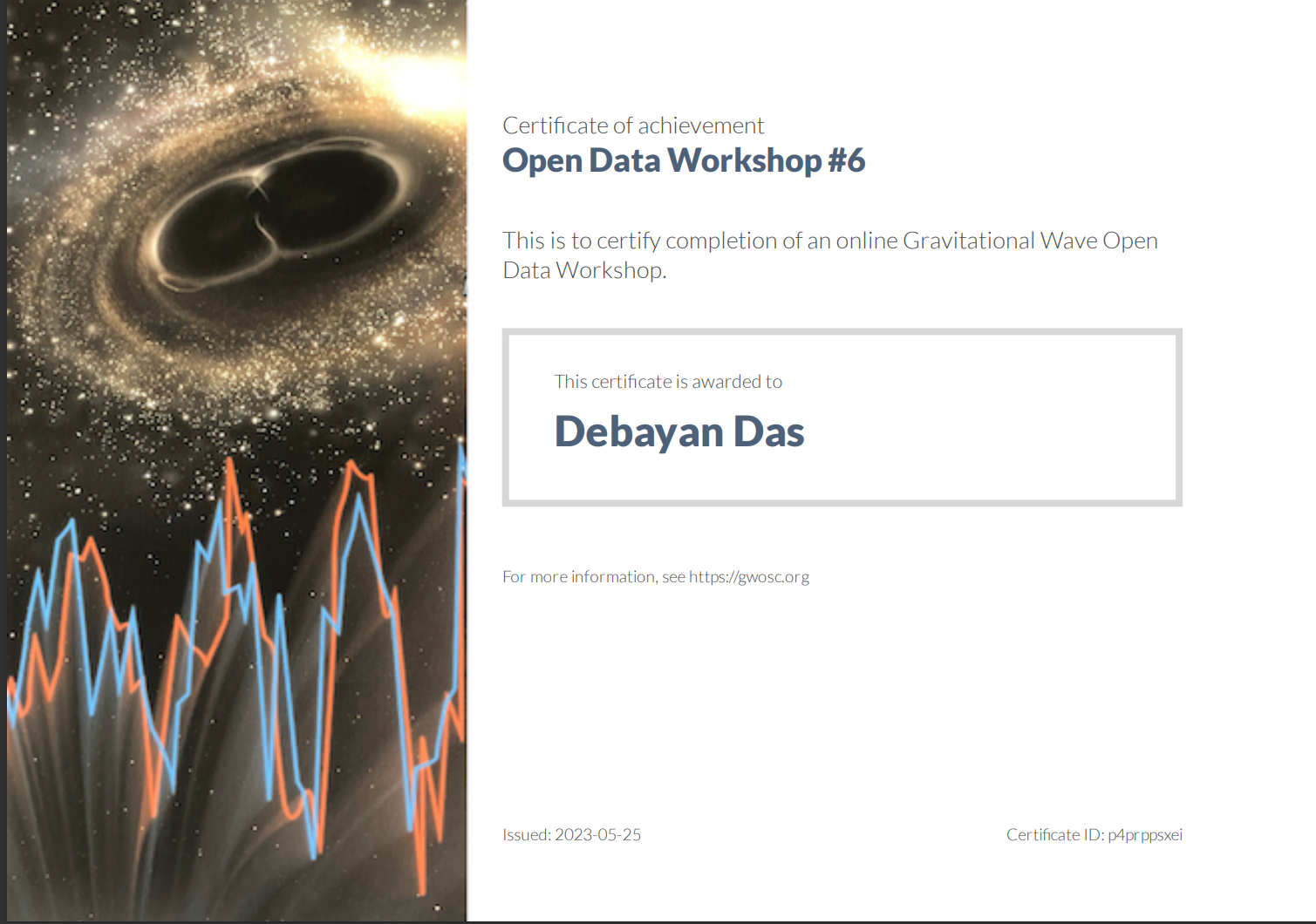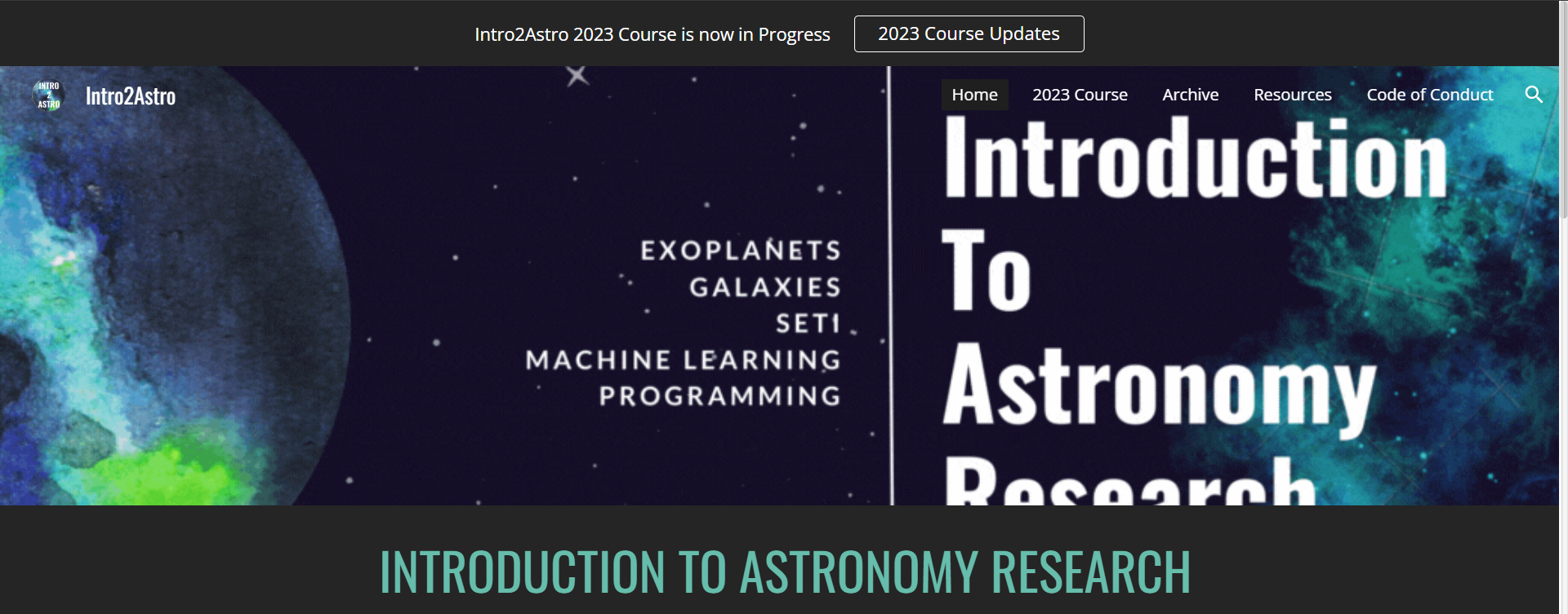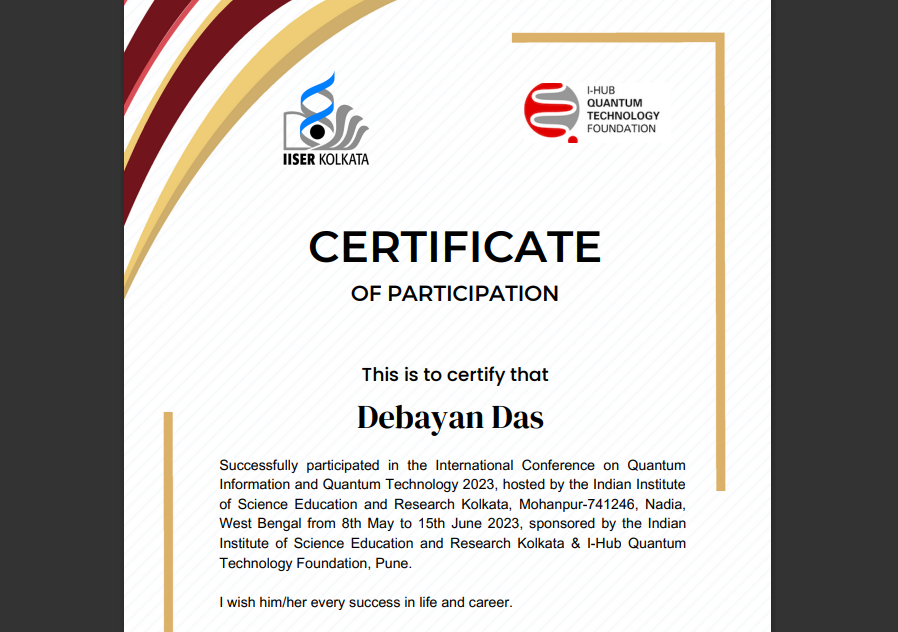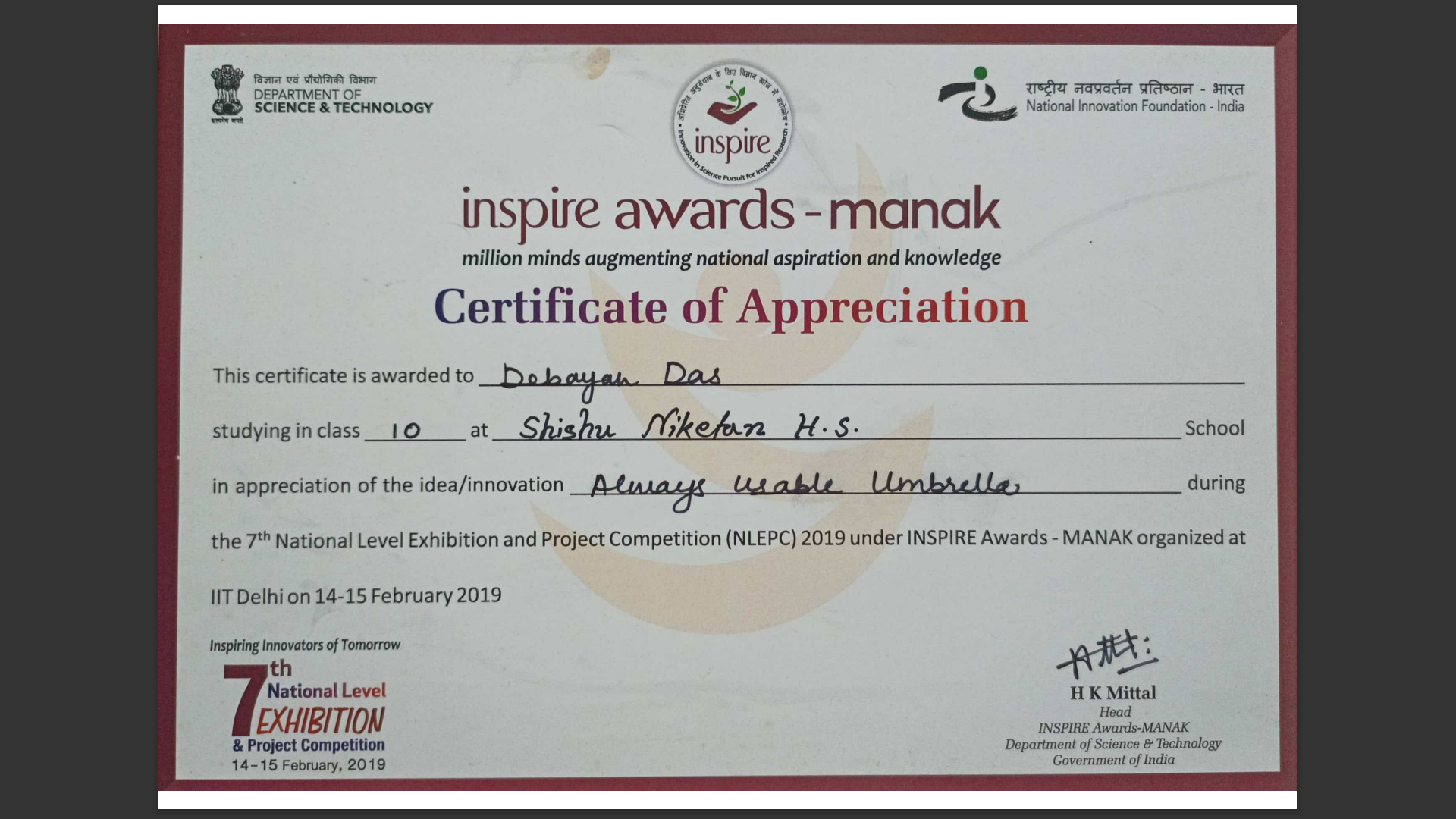Workshop/ Schools
1. MITACS GRI 2024
The MITACS Globalink Research Internship (GRI) program is a 12-week fully funded research internship program in Canada for international students.
As a part of this program, I got the opportunity to work with Dr. Jan Cami on interstellar medium using EDIBLES survey data. Here i also get the chance
to work with the group of Dr. Els Peeters on polyaromatic Hydrocarbons (PAH) at the University of Western Ontario.
2. Sagan Summer Workshop-2023
The workshop covers theoretical modeling, interpretation, and observations of
exoplanets using a variety of telescopes, techniques, and hands-on exercises(on Eureka pipeline, EXCALIBUR pipeline, forward modeling using PICASO and retrievals using the petitRADTRANS pipeline) presented by leading experts in the field. It is organised by NASA Exoplanet Science Institute(NExScI),
Caltech.click here to see the recorded
lectures.For more details press here.
3. Gravitaional Wave open Data workshop
This Open Data Workshop is the 6th in a series of workshops that began in 2018 by Gravitational Wave
Open Science Center.
Here we did a crash-course in gravitational-wave data analysis.
The workshop includes lectures by data analysis experts,Noise Reduction techniques, hands on experience with software tutorials.
For more details press here
4. Intro2Astro Summer school
This 8 week long summer school is organised by Fei Dai (Caltech), Howard Isaacson(University of California, Berkeley).Here I get hands on experience on how to analyze GAIA data, kepler-Tess data, how to fit Transit curves, modeling using MCMC and PyMC3 and many more things. Please CLICK below to know more about it.
5. International Conference on Quantum
Information and Quantum Technology
This is a 6 week long conference organised by IISER and I-Hub Quantum
Technology Foundation. Here I Learned any theoritical aspects on Quantum Optics, Quantum Chemistry, Quantum Foundation, and Quantum Materials. It was a wonderful experience to see how quntum Technologies revolutionizing modern era.
For more details press here
6. Astronomy Research Data Analysis -Workshop
It was a 2 day long astronomy image analysis workshop.It coves many noise reduction techniques to create better images of astrophysical objects using satellite data.
7. Inspitre Award Manak National Awardee(Science Exihibition)
Each year, a Science Exhibition is organized by the Department of Science and Technology (DST) in collaboration with
the National Innovation Foundation – India (NIF). This competition consists of five levels, starting from the school level,
then progressing to the district level, state level, and ultimately culminating at the national level.
I had the privilege of participating in the national-level competition where I received a grant of 10,000 INR and obtained a patent
for my proposal. Furthermore, I was invited to participate in Japan's Sakura Science Program
at the international level.
click here to know more about Inspire award manak
